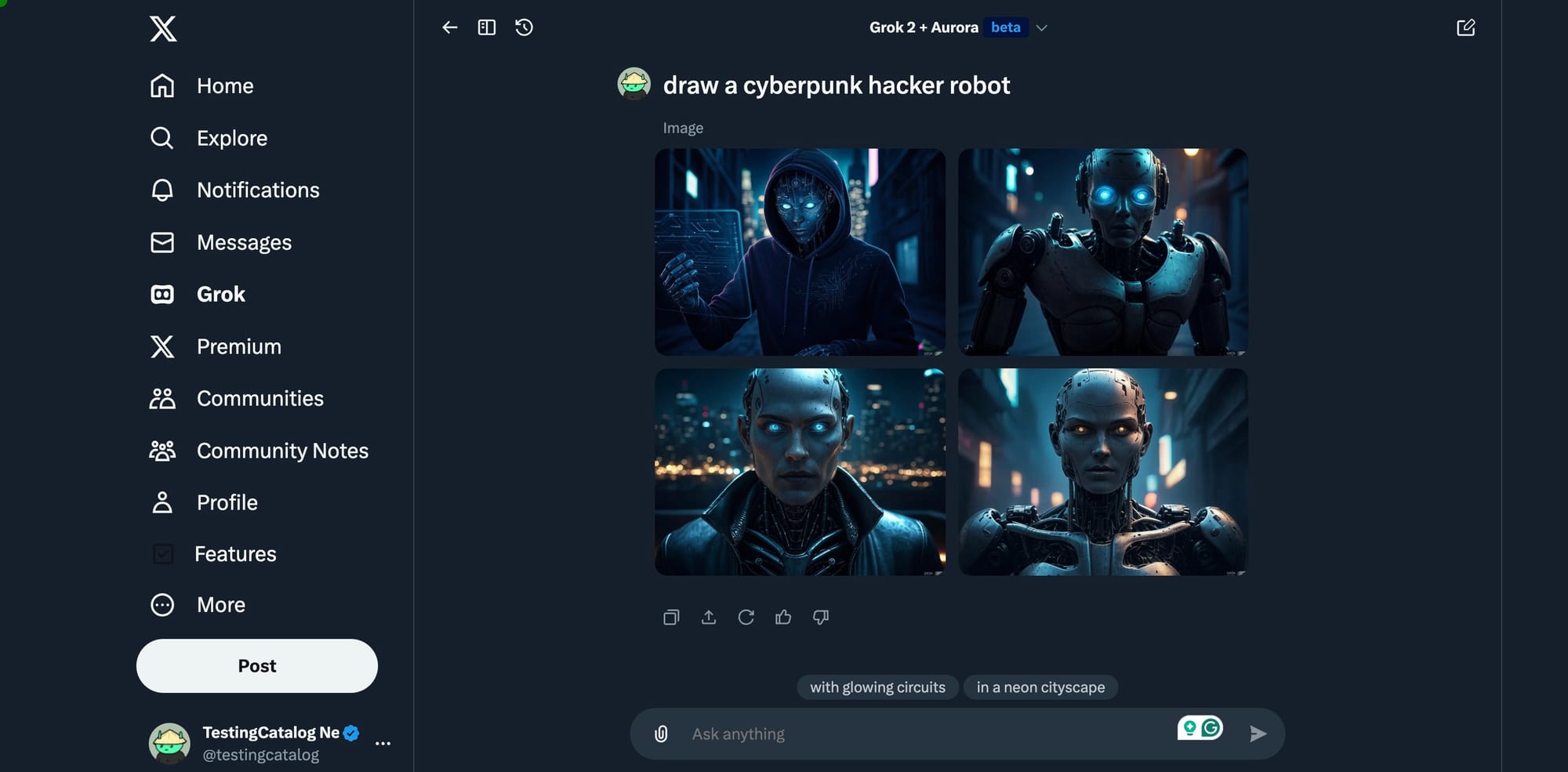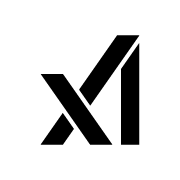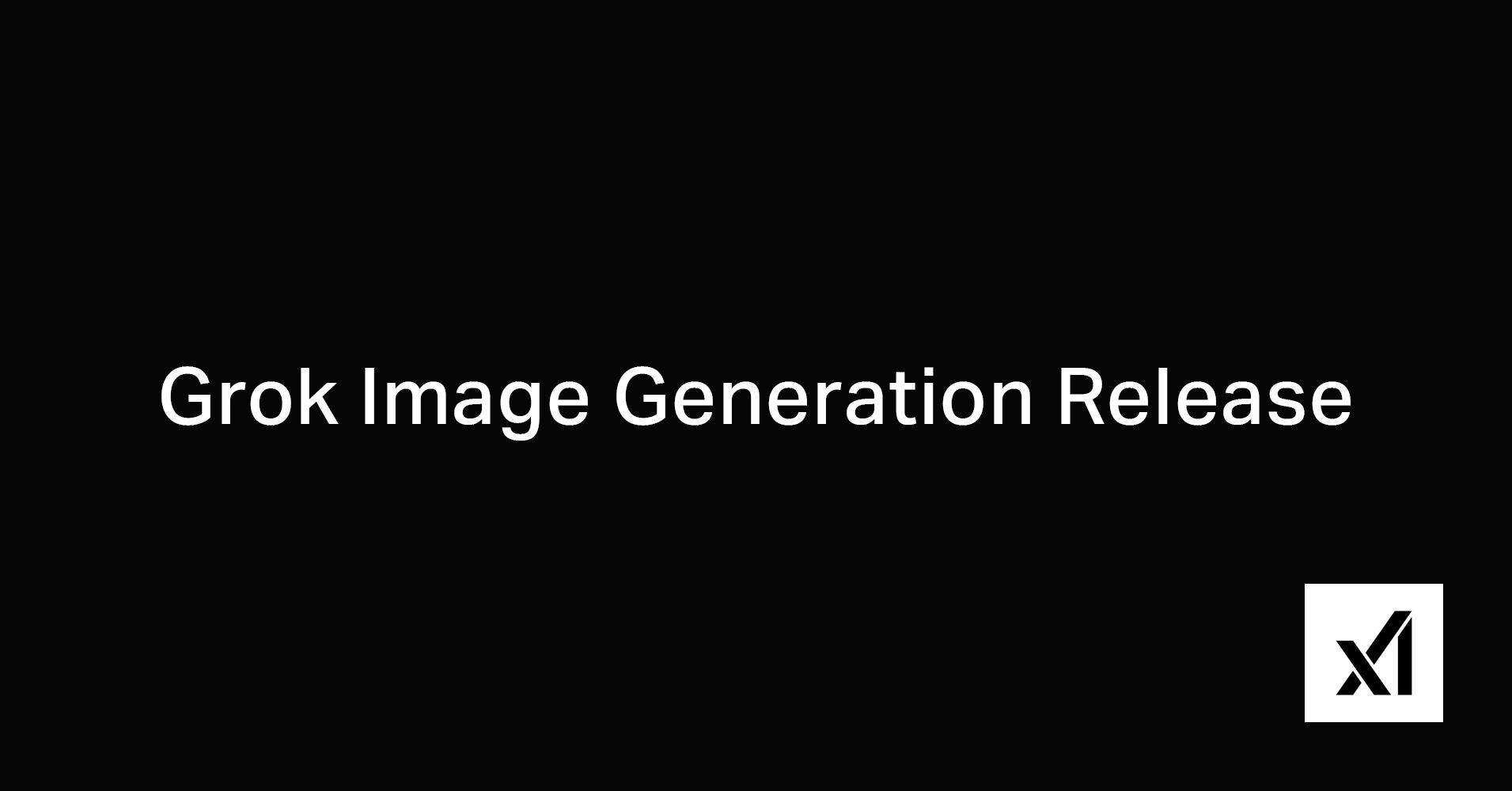Elon Musk's xAI has introduced a new AI image generation feature integrated into its Grok assistant, initially launched as part of Grok 2 and later updated with a model named Aurora. These tools aim to provide photorealistic image generation capabilities directly within the X platform (formerly Twitter), targeting users with Premium subscriptions. However, the rollout has been marked by both excitement and controversy.
The Grok 2 update, released in August 2024, integrated the FLUX.1 model from Black Forest Labs, enabling users to create detailed images by simply typing text prompts. This feature gained attention for its ability to generate realistic and creative content, including landscapes, futuristic scenes, and even controversial depictions involving public figures. Aurora, a subsequent model introduced in December 2024, further emphasized photorealism but faced scrutiny for ethical concerns surrounding its lack of content restrictions.
BREAKING: GROK 2 + AURORA can now generates 4 different images at the same time! pic.twitter.com/jFElgEQi5q
— frz. (@faraz0x) December 9, 2024
While these tools demonstrated impressive capabilities, such as fast image generation and high-quality outputs for specific use cases like memes or political content, they also revealed limitations. Users noted issues with anatomical accuracy (e.g., distorted hands) and a lack of advanced features like aspect ratio customization or reference image uploads.
The introduction of these features highlights xAI's efforts to compete in the generative AI space against established players like OpenAI's DALL-E. While Grok's models excel in realism and speed, they fall short in resolution and versatility compared to competitors. Additionally, the minimal content moderation raises concerns about misuse for creating deepfakes or inappropriate material.








